If you live in a wooded area, you might be wondering how you can grow a drool-worthy garden while also maintaining the natural beauty of the surrounding forest.
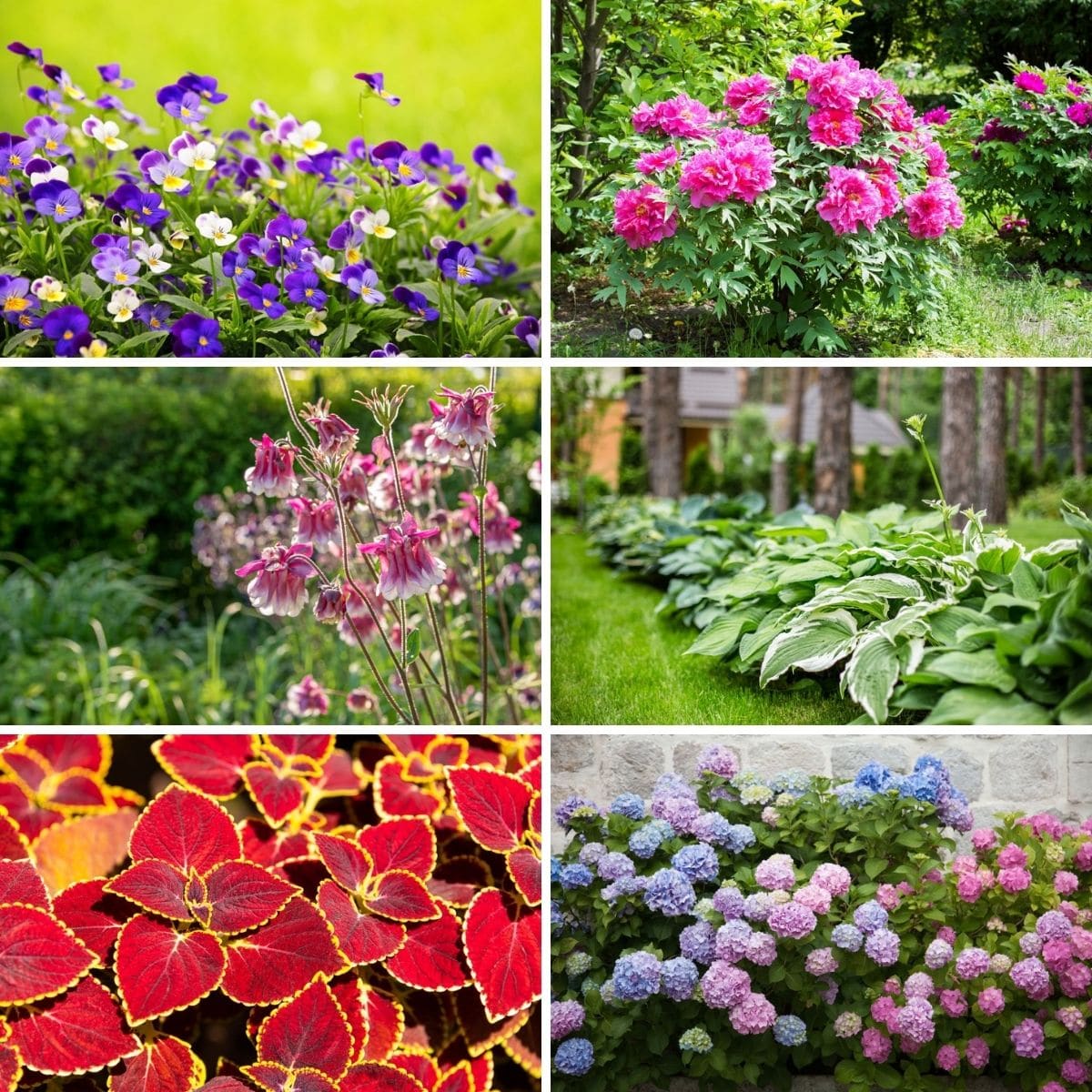
It can be downright frustrating to try to garden beneath a tree.
Trees can shade understory plants and make it more difficult for them to grow not just because they’re deprived of sunlight - but also because roots, fallen leaves and needles, and other factors can make it tough for most plants to thrive.
When it comes to gardening beneath trees, the key is in growing plants that are uniquely suited for such an environment.
Here are 25 plants to grow under trees - and some tips for selecting the right ones for your needs.
Jump to:
- Plants to Grow Under Trees
- 1. Snowberry
- 2. Lamium
- 3. Anemone
- 4. Hostas
- 5. Primroses
- 6. Foam Flowers
- 7. Ninebark
- 8. Columbine
- 9. Bergenia
- 10. Tree Peony
- 11. Alpine Currant
- 12. Mountain Laurel
- 13. Hens and Chicks
- 14. Azaleas and Rhododendrons
- 15. Sedum
- 16. Hydrangeas
- 17. Camellia
- 18. Pieris Japonica
- 19. Impatiens
- 20. Oregon Grape Holly
- 21. Begonias
- 22. Coleus
- 23. Pansies and Violets
- 24. Milkweed
- 25. Lysimachia
- How to Get Started With a Garden Beneath a Tree
Plants to Grow Under Trees
Whether you just have a few trees in your yard for shade or you live in a forested area, these plants can all be excellent for planting.
They will bloom beautifully and create a great addition of beauty in your yard. Some even produce fruit that you can add to your menu! And if you want to add more trees to your yard, check out this list of the longest blooming trees and shrubs.
1. Snowberry
Although there are more than a dozen species of snowberry plants, this is a plant that is dramatically underutilized when it comes to planting beneath a tree.
The shrub produces gorgeous white flowers first thing in the spring along with globular berries (the color of snow!) in the early fall and late winter.
White Snowberry is the most common, but you may also Magic Berry Snowberry instead. Both are great choices for planting.
2. Lamium
Another unique option for planting beneath a tree is Lamium.
This groundcover produces dense green foliage along with delicate blooms in colors like pink, purple, and white.
I prefer the Lamium White Nancy, but you can also find the purple flowers with Ghost Lamium. Of course, there is also Lamium Purple Dragon as a great choice for your landscaping.
3. Anemone
If you’re looking for a flower that will produce gorgeous colors both in the fall and the spring, you might want to set your sights on the anemone. This ground cover flower offers lovely multicolored blossoms.
The picture above features the Snowdrop Anemone, but you can also find other varities. The Pink Anemone Clematis and the Japanese Anemone both create gorgeous blooms.
4. Hostas
Hostas are the quintessential garden plant, beloved by beginning gardeners for their ease of growing and hardy nature. Mostly drought-tolerant, hostas do perform better when they are watered on a regular basis.
The hosta is a versatile plant with hundreds of different varieties.
Here are a few types of hostas you may consider adding to your garden or around your trees.
5. Primroses
One of the earliest flowers to appear in the spring, the native primrose, or Primula vulgaris, is a great plant to grow beneath a tree. It will add beauty to your garden for months with its cheerful yellow blossoms.
If you want more colorful blooms, you might want to check out this huge list of perennial flowers that bloom all season long.
6. Foam Flowers
Foam flowers are gorgeous shade-loving plants that produce delicate sprays of vibrantly-colored flowers.
They are perennial and will grow well for years without slowing down. If the flowers start to fade, all you need to do is give the plants a quick trim - they’ll bounce back in no time.
There are several options for foam flowers, but I like the Cutting Edge Foamflower around trees best. it's a bit taller than others, and the blooms are gorgeous.
7. Ninebark
Ninebark is a perennial deciduous shrub that has red or dark green leaves. Its unique name is derived from the appearance of its bark, which peels off in multiple (dare we say nine?) separate layers.
This Amber Jubilee Ninebark is stunning and a favorite to add added colors around your property.
8. Columbine
Columbine is a delicate flower that is naturalized to a woodland environment, so it makes sense that this would be a good plant to consider growing beneath the shade of a tree.
With all kinds of bold-colored blooms available (red, blue, white, pink, purple, and yellow are, just to name a few, some good options), you’ll love how beautiful this flower makes your garden look.
The Little Lanterns Columbine is my favorite because it really reminds me of a fairy tale. I imagine there are little fairy gardens under them!
9. Bergenia
This is another unique perennial to consider growing beneath the shade of your favorite backyard tree.
This plant is usually grown to be used as a groundcover and can easily liven up an area with its gorgeous green leaves, its colorful flowers, and its clumpy growth pattern.
The Pink Dragonfly Bergenia is my personal favorite. You may also find some great options on this list of pink perennial flowers to add to your garden.
10. Tree Peony
Not all kinds of peonies will grow well beneath the shade of a tall tree, but the tree peony will. This shrub, hardy in zones four through nine, produces extra-large flowers that are sure to catch the eye of every passerby.
A woody shrub, the tree peony loses its leaves in the fall but the woody stems will hang on regardless.
11. Alpine Currant
The alpine currant is a unique, fruit-bearing shrub that can be grown in extremely cold climates (as cold as USDA zone three, in fact).
This makes it one of the best candidates for a cold-weather garden. It also doesn’t require a ton of sunlight, and if you grow a dwarf variety, it makes a terrific shrub for growing beneath a tree.
This is one of the plants I add to my list of low-maintenance flowers because it is so versatile and hardy. Great for any environment.
12. Mountain Laurel
The mountain laurel is a broadleaf evergreen shrub that’s harried in zones four through nine. You can find it in several colors, including pink and white, with flower clusters that bloom primarily in the late spring.
My favorite has to be the Olympic Fire Mountain Laurel. It's absolutely breathtaking in bloom.
13. Hens and Chicks
Although they are succulents, hens and chicks are known for their ability to thrive in shaded and semi-shaded areas (they’re one of the few succulent species that fall into this category).
Hardy in zones 3-11, these succulents are perfect for any backyard garden beneath a tree.
Don't buy extra plants, use these tips to propagate succulents super easily into your garden!
14. Azaleas and Rhododendrons
Azaleas and rhododendrons are closely related, which is why they are lumped together in this list. Both shrubs love acidic soils, making them good candidates for growing beneath trees.
Requiring a pH between 4.4 and 6.0, these colorful shrubs also love to be consistently moist, something that’s necessary for producing foliage.
My favorite varieties that all bloom beautifully:
- Fireball Azalea
- Honey Butter Rhododendron
- Lee's Dark Purple Rhododendron
- Black Hat Rhododendron
- Hot Pink Reblooming Azalea
- White Reblooming Azalea
15. Sedum
Sedum, or stonecrop, is another succulent that grows well beneath a tree. It grows low, usually as a groundcover, but there are more than 600 different sedum species to choose from. You’re sure to find a good option!
My favorites include:
- Red Carpet Sedum
- Lime Zinger Sedum
- Flaming Carpet Sedum
- SunSparkler Firecracker Sedum
- Double Martini Sedum
16. Hydrangeas
Hydrangeas like to be kept consistently moist, making them good candidates for planting beneath a tree. They also do best with a little bit of shade, particularly if you live in a warmer growing zone.
Depending on the variety, these shrubs can be grown in zones four through nine. The Penny Mac Hydrangea shown above is my personal favorite.
17. Camellia
A warm-weather flowering shrub, the camellia has an extra-long blooming season and grows well in zones six through nine. Here are some more flowering shrubs that pair wonderfully with the camellia.
18. Pieris Japonica
Pieris Japonica, as the name implies, is a shrub that is native to Japan, China, and Taiwan.
It grows in the wild in mountain thickets, so it more or less goes without saying that this plant does quite well when planted beneath a tree. It’s hardy in zones 5 through 8.
19. Impatiens
Although they’re only annuals - so you’ll have to replant every single year - impatiens are vigorous growers when they’re planted beneath trees. These annuals are classic underplanting choices, tolerating deep shade particularly well in hot weather. These flowers do need to be fertilized and watered on a regular basis, however.
These are especially beautiful when used for these spilled pot flower bed ideas. So pretty and love the multiple color options!
20. Oregon Grape Holly
An incredibly tough and drought-resistant plant, Oregon grape holly can be grown in an upright fashion or in a trailing form. Both are attractive when grown beneath a tree.
21. Begonias
The begonia is another classic option for the understory garden.
Available in all kinds of colors, including yellow, pink, white, and orange, these flowers are winter-hardy in zones 7 through 11 but can be grown as annuals just about everywhere else.
My favorites include:
22. Coleus
There are very few foliage plants that are quite as vibrant as coleus. Only winter hardy in zone 11, the coleus plant is normally grown as an annual.
It produces flowers during the entire growing season, but these are meant to be pinched before they have the opportunity to bloom.
23. Pansies and Violets
Both pansies and violets grow well in full sun as well as in the shade. They’ll bloom best here when they’re grown under trees in the spring. That way, they can bloom both before and after the trees above have leafed out.
24. Milkweed
Milkweed is the ideal plant if you’re hoping to attract pollinators to your yard. In fact, this plant provides crucial habitat for the larvae of the monarch butterfly. Milkweed emits a sticky white sap and blooms in the late spring until the end of summer, offering both a beautiful splash of color and a heavenly fragrance for your visitors (both human and wildlife!) to enjoy.
25. Lysimachia
An easy-to-care-for ground cover that’s native to Asia and Russia, this plant is a vigorous, almost invasive grower. There are several varieties you can choose from, but some of the most beautiful produce flowers in an upright, skyward-facing spike.
How to Get Started With a Garden Beneath a Tree
If you’re going to plant some understory plants, there are a few tips you should follow to set yourself up for success.
First, put some work in when it comes to clearing and amending the soil. Remove as many rocks as you can and amend the soil with compost.
While you should avoid piling a lot of fresh dirt over the roots that are directly beneath a tree (this can suffocate feeder roots), you can put out a bit of compost to support your new plants’ growth.
After you plant, be sure to cover the area around your new species with a layer of mulch.
Some good options include chopped leaves or bark, which will not only keep things looking neat but will also keep the roots of your plants moist and the area weed-free.
You don’t need to water daily - in fact, the area beneath trees tends to stay much damper than anywhere else. You might find that you only need to water once or twice per week if that.
Once your plants become established, you may not need to water at all. Fertilizer isn’t usually necessary, either, especially not in the first year of growth.
Finally, don’t overlook hard features when it comes to landscaping around trees. We get it - you want to grow as many plants as possible to give your backyard that fresh, natural-looking aesthetic. However, you don’t have to eschew other things, like rocks, colorful statues, or even birdbaths, when you’re landscaping around your trees.
Of course, when you’re trying to decide what to plant, don’t overlook these 25 plants to grow under trees. You’ll save yourself a ton of stress and time by growing plants that are already accustomed to these unique (sometimes challenging!) conditions.





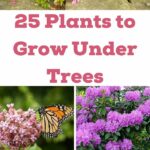

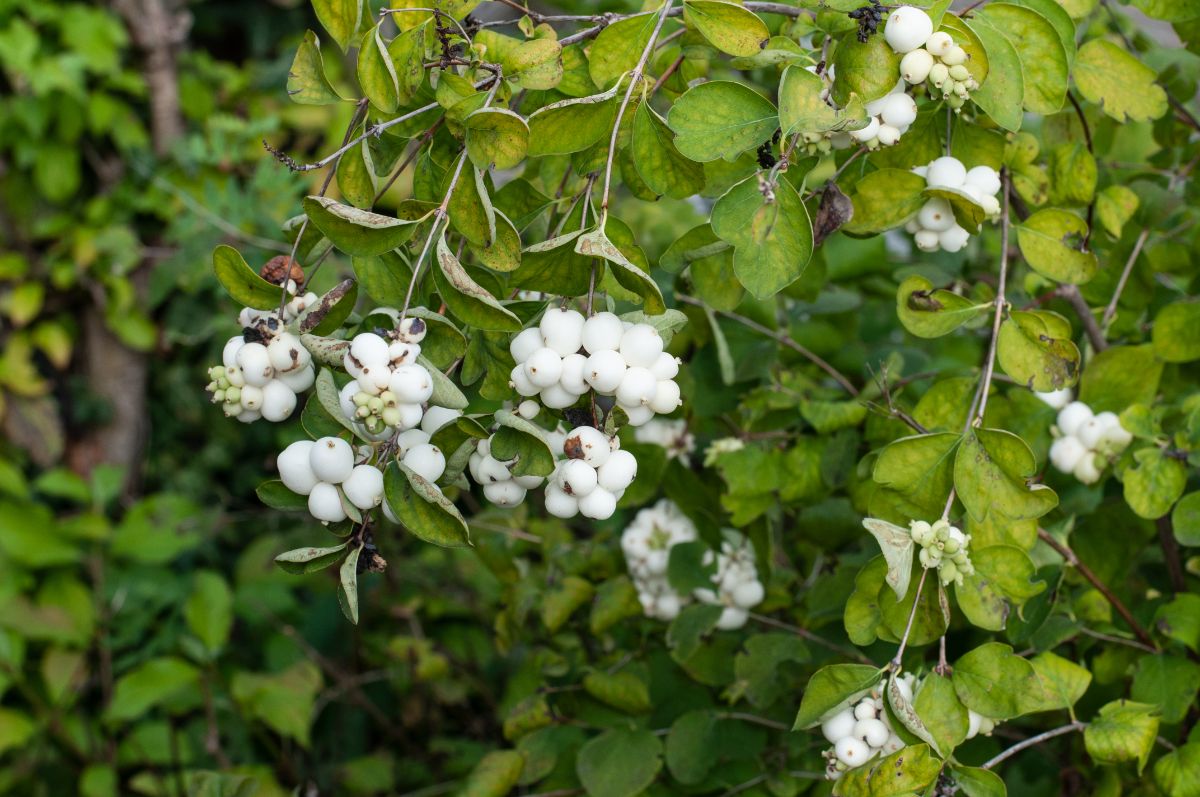
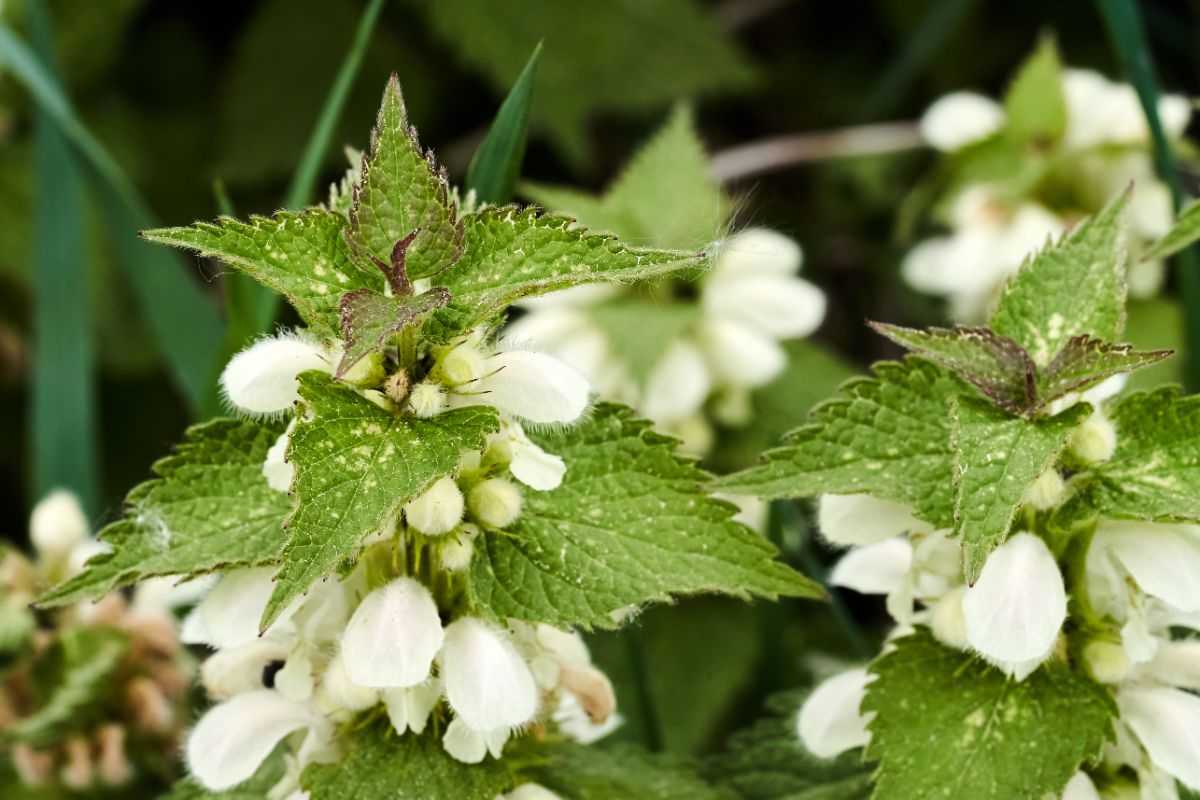
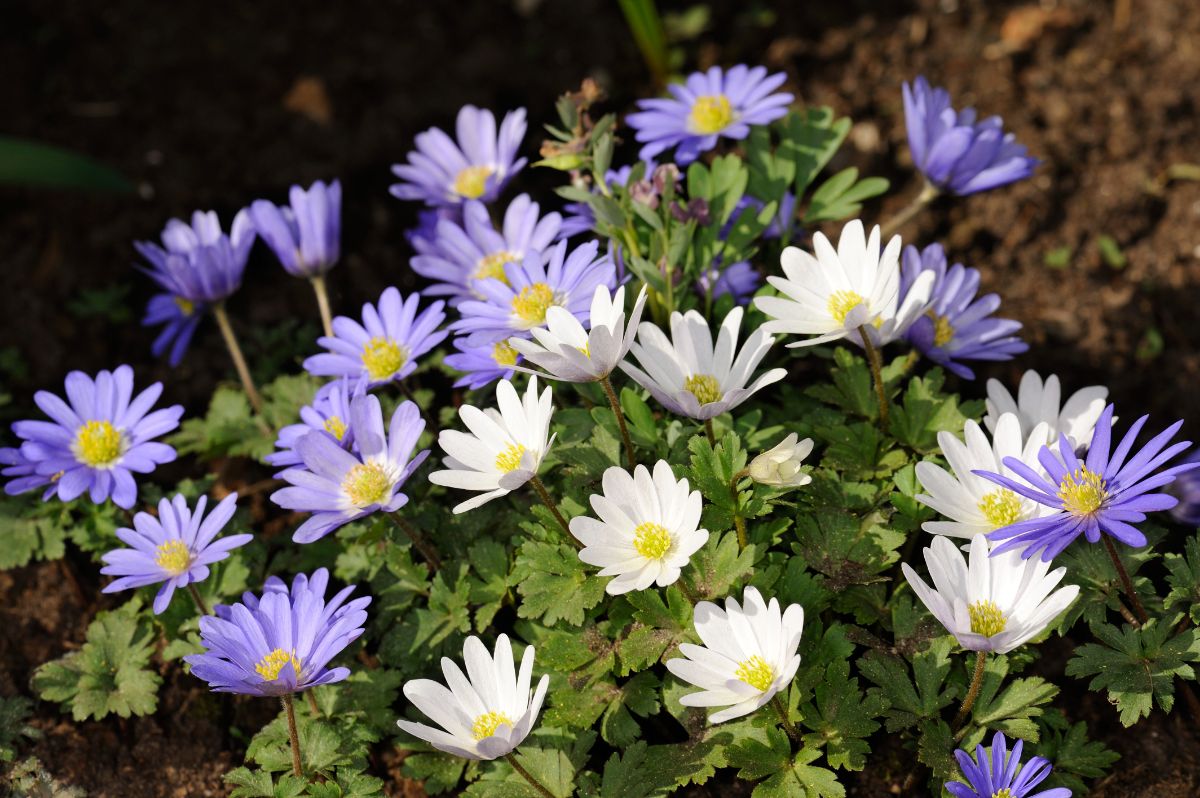

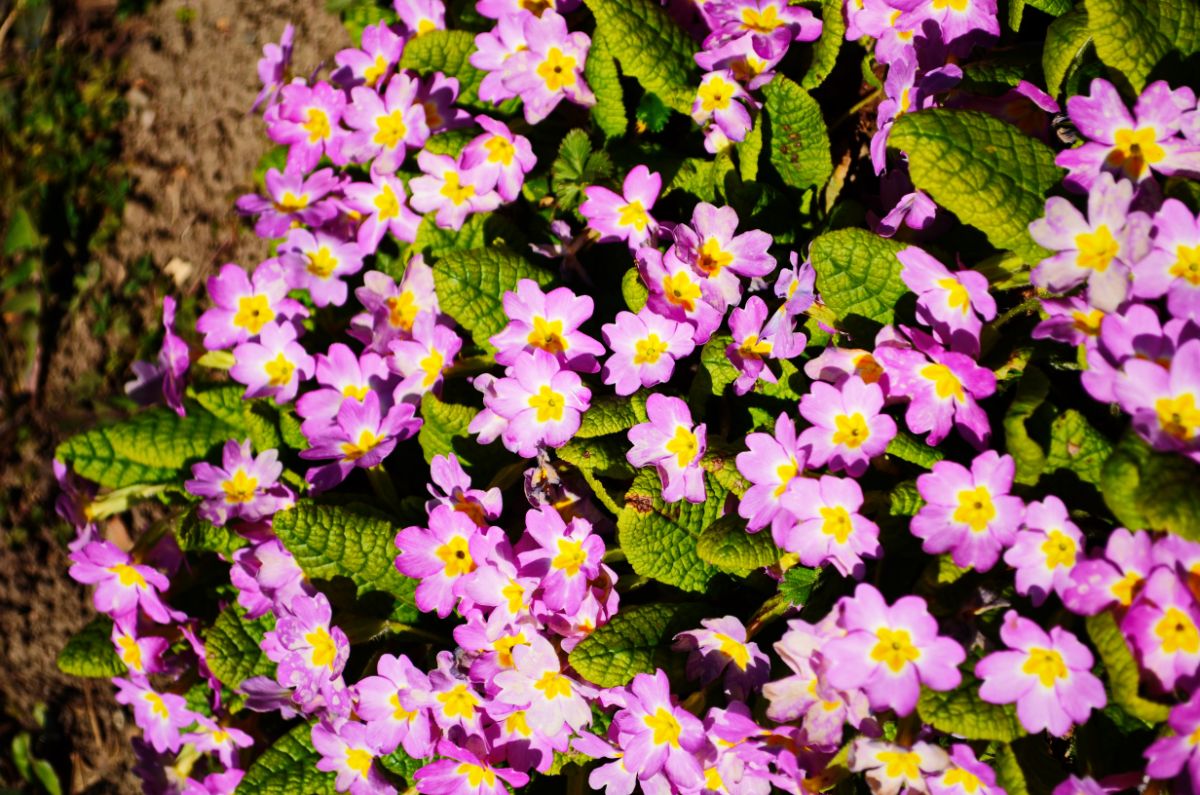
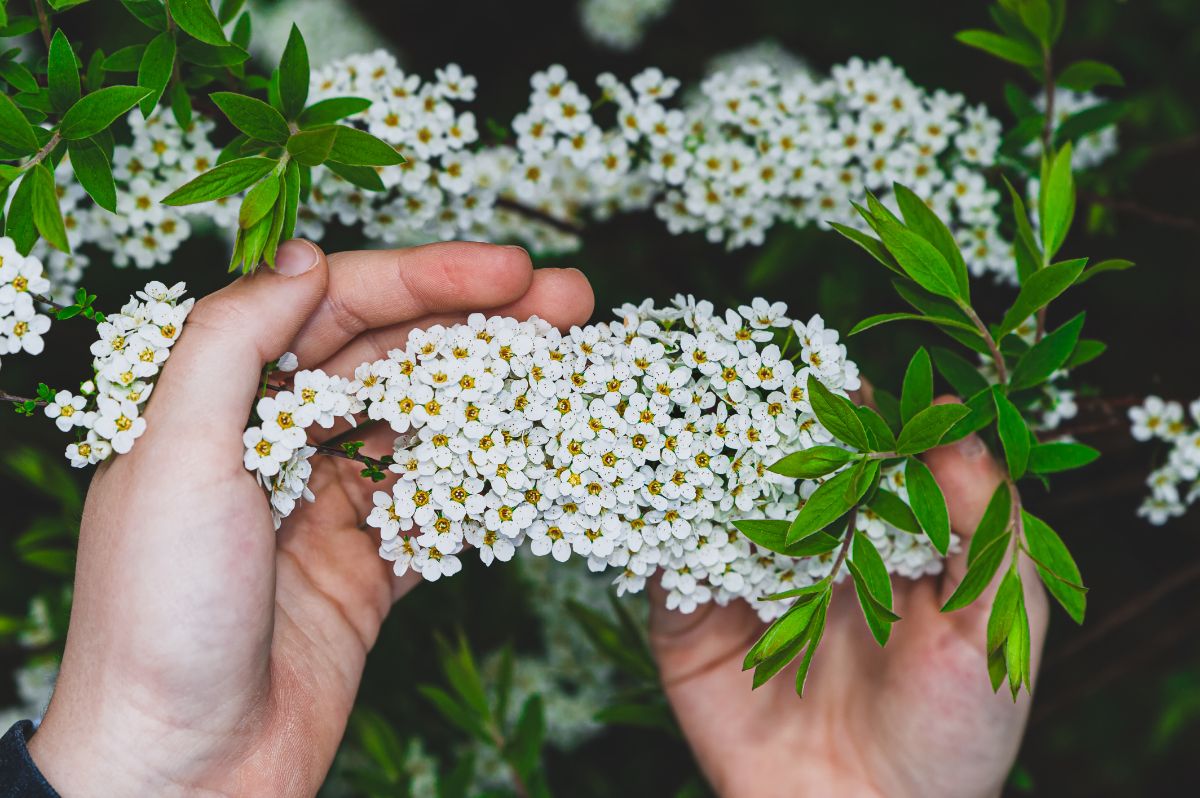
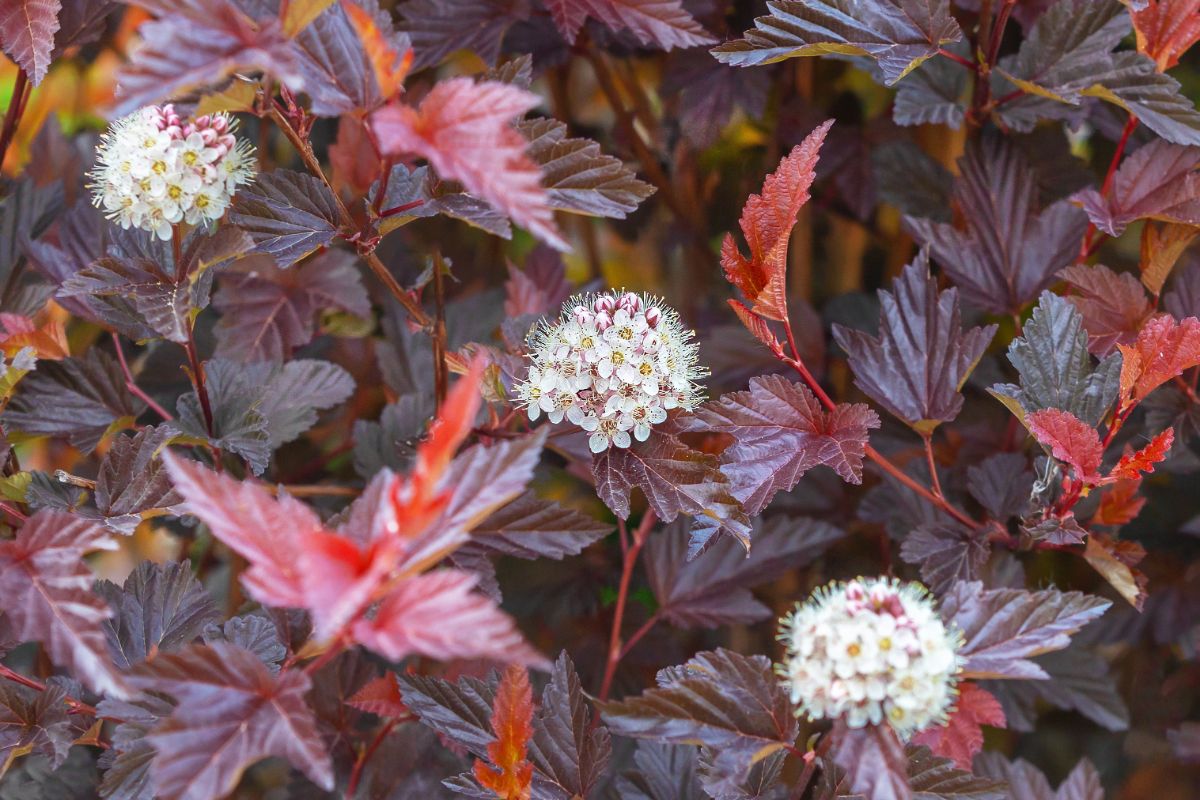
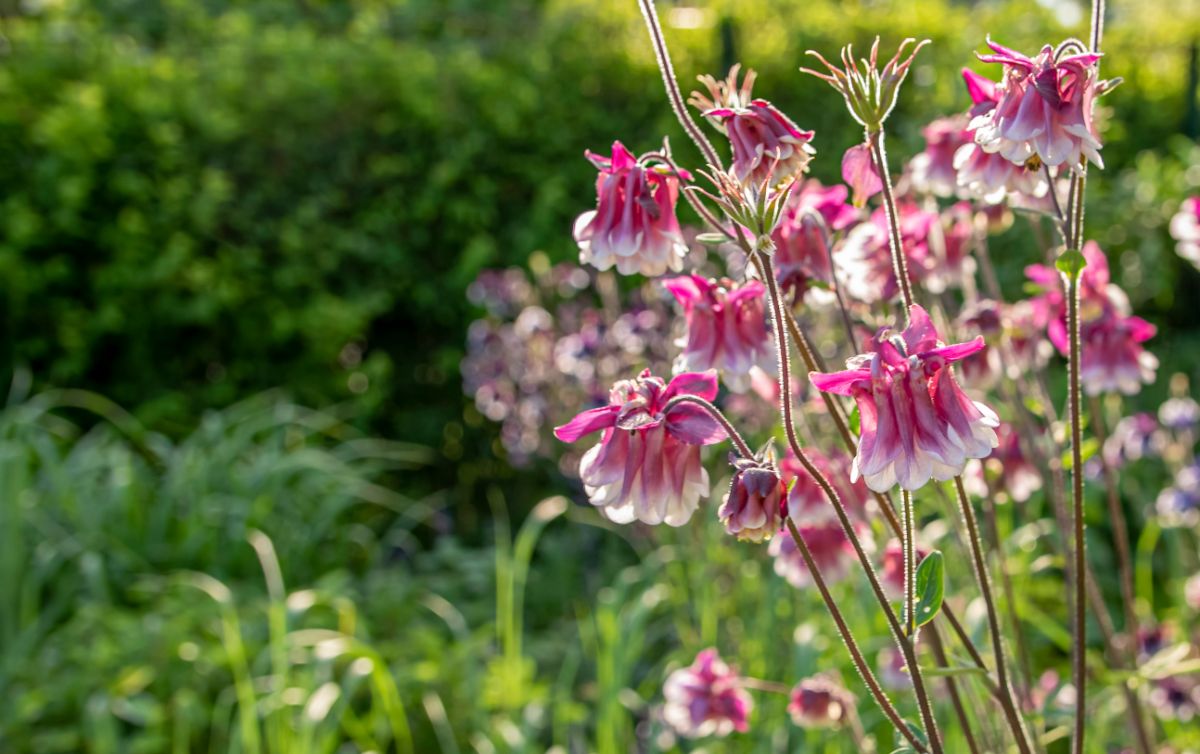
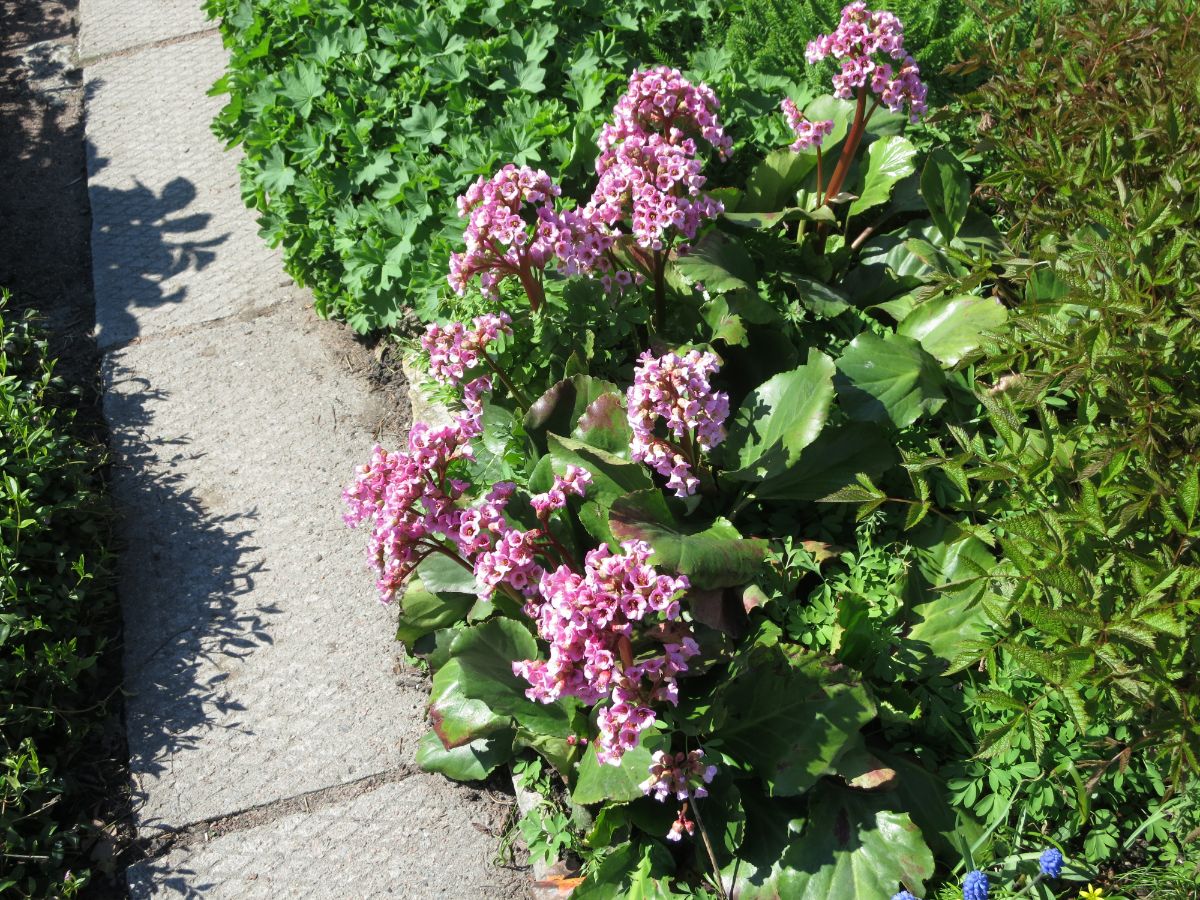
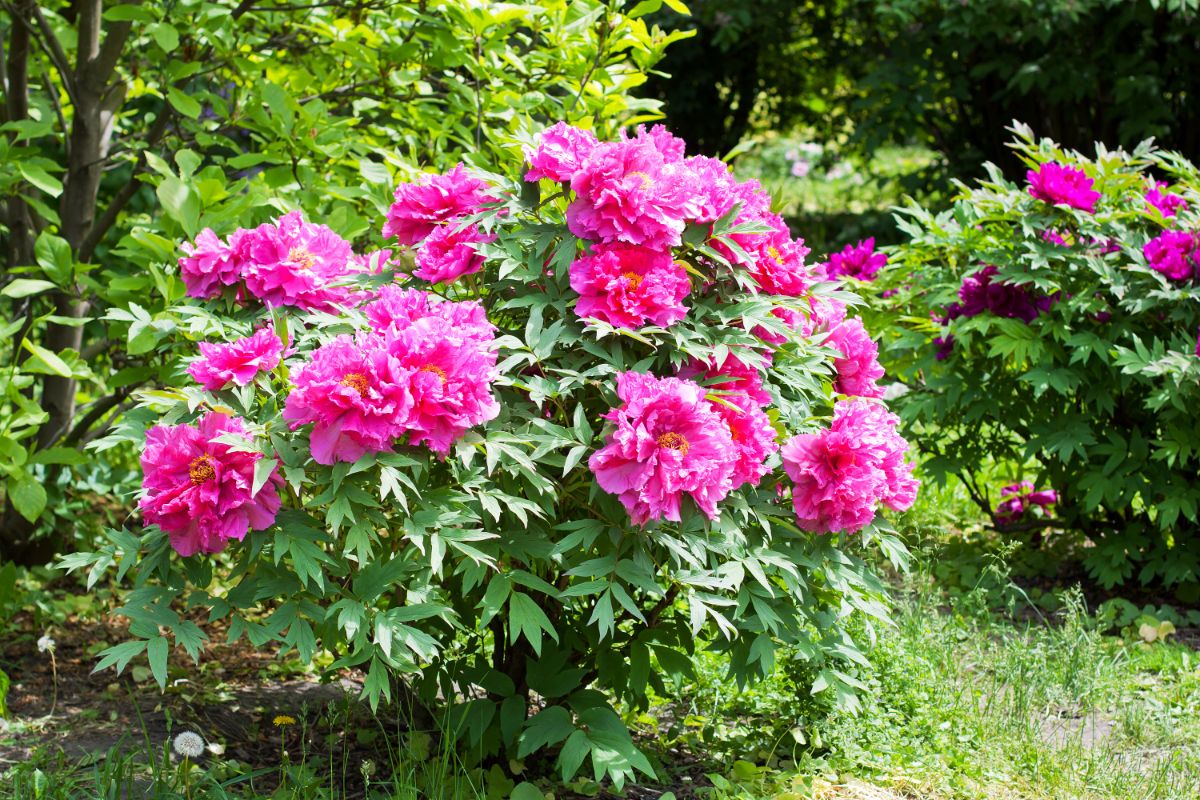
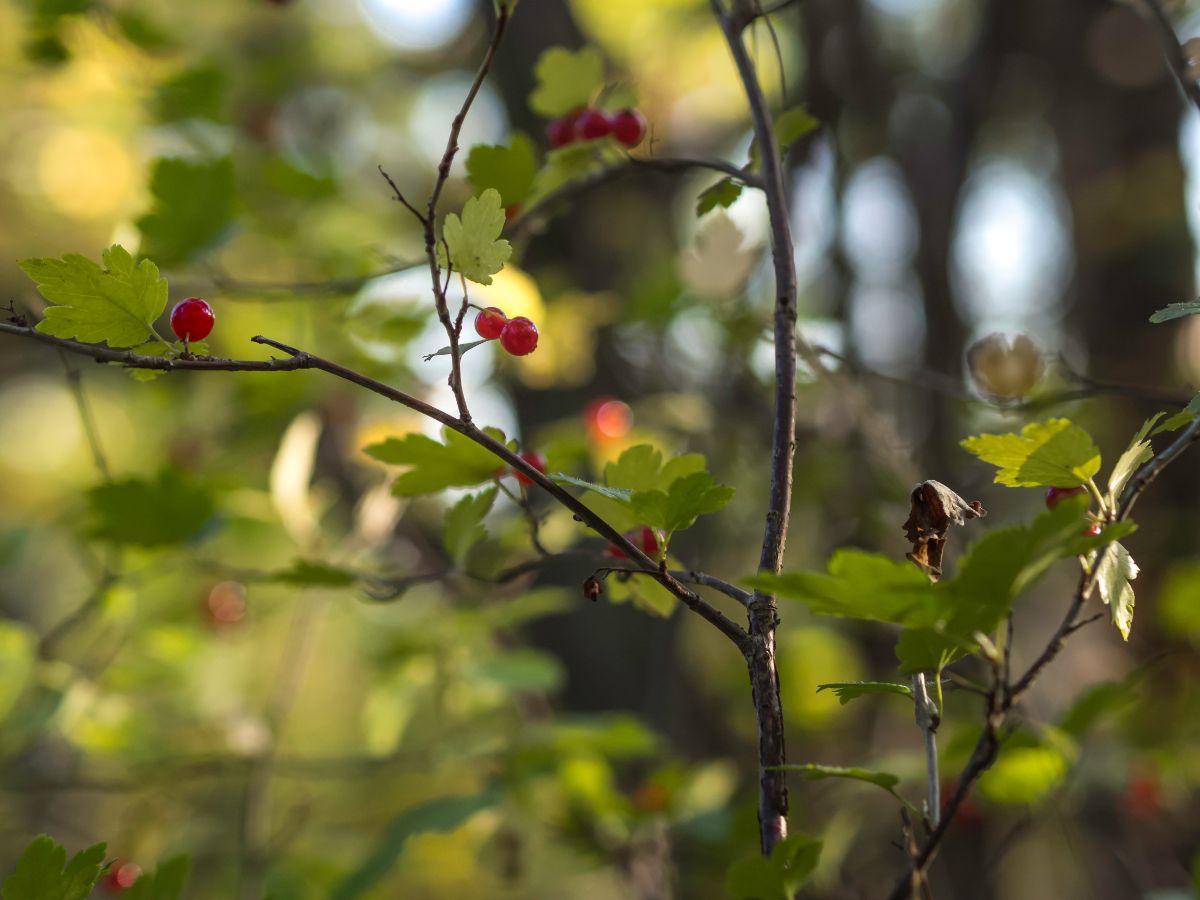
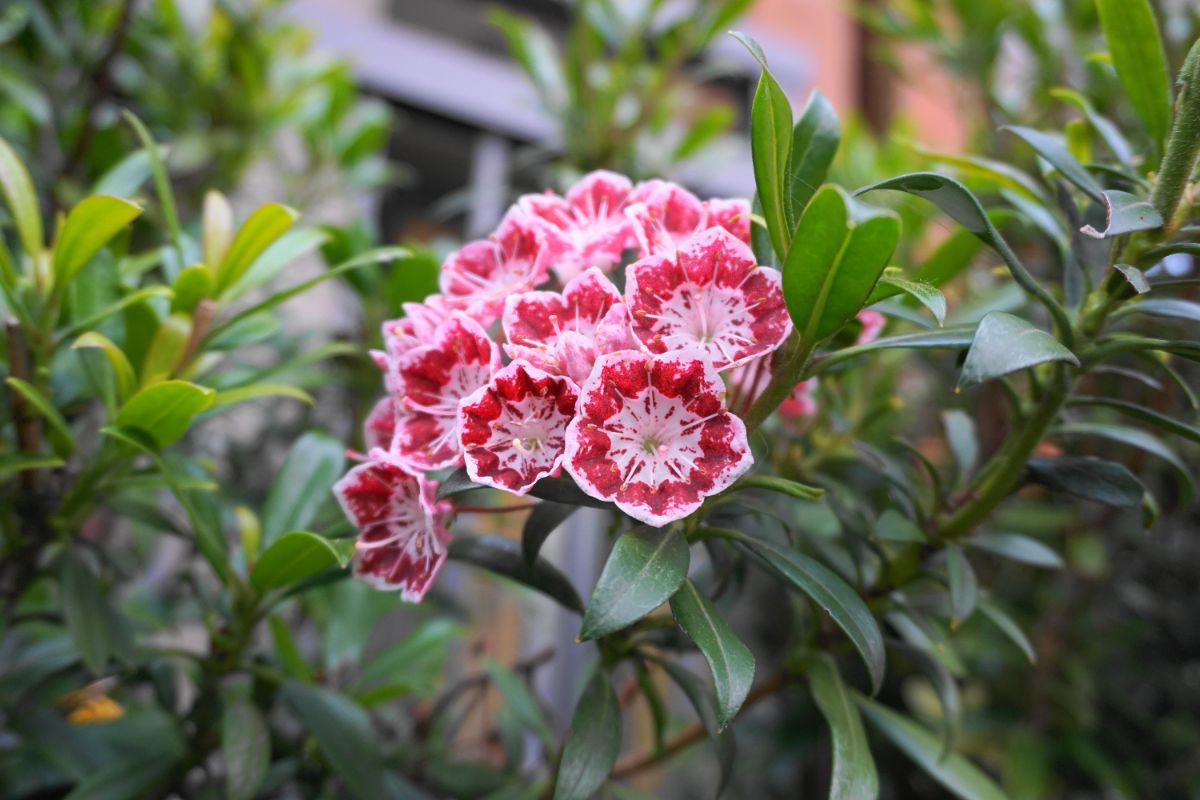
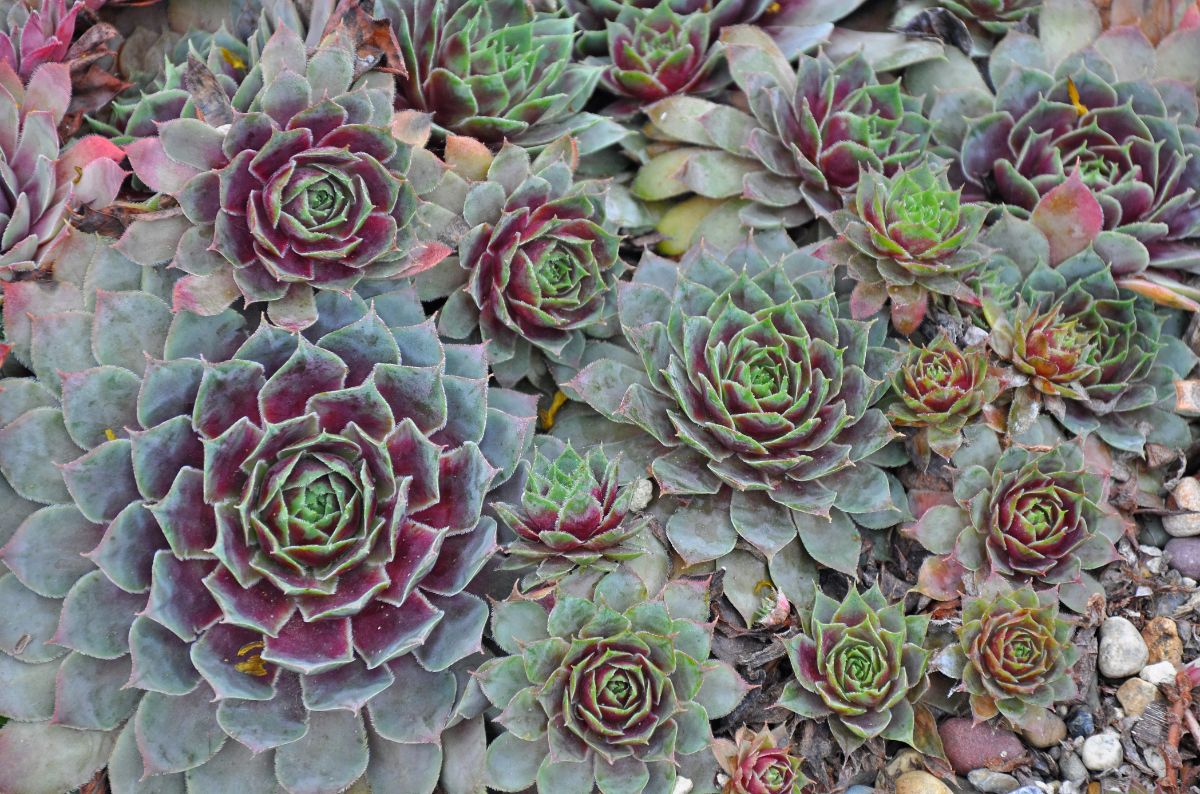
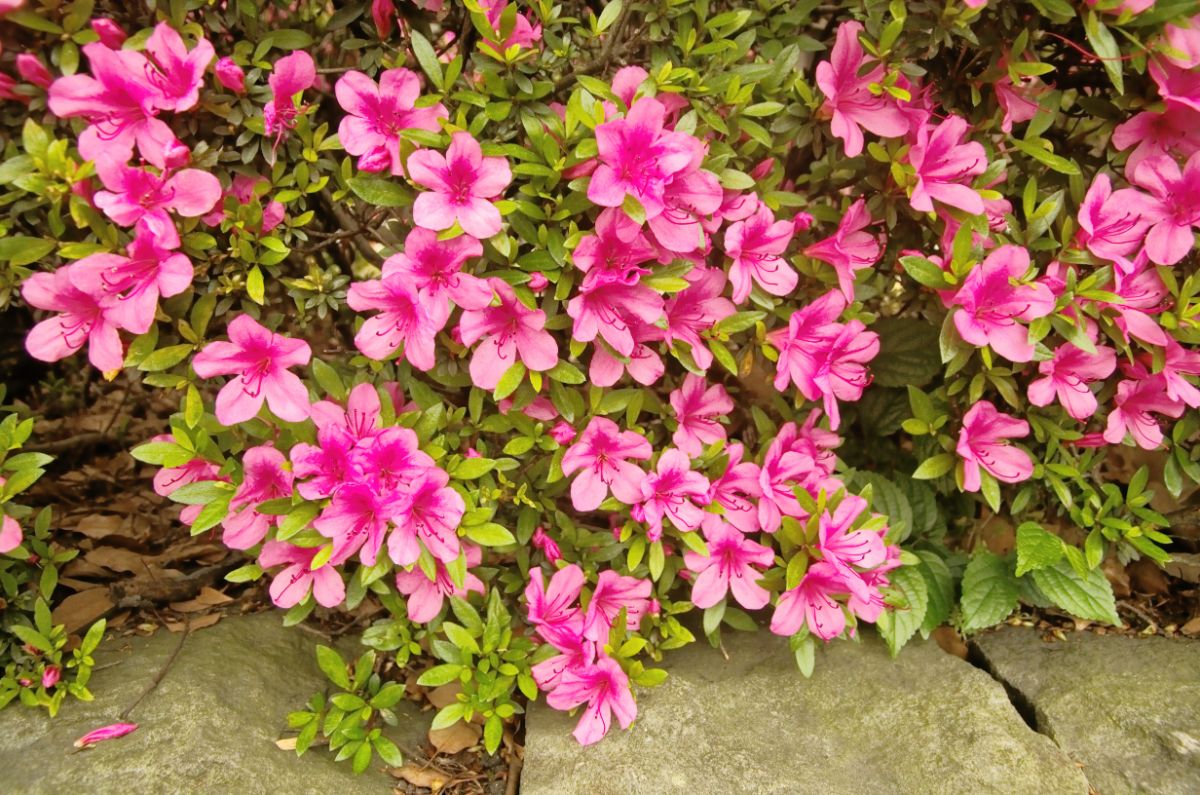
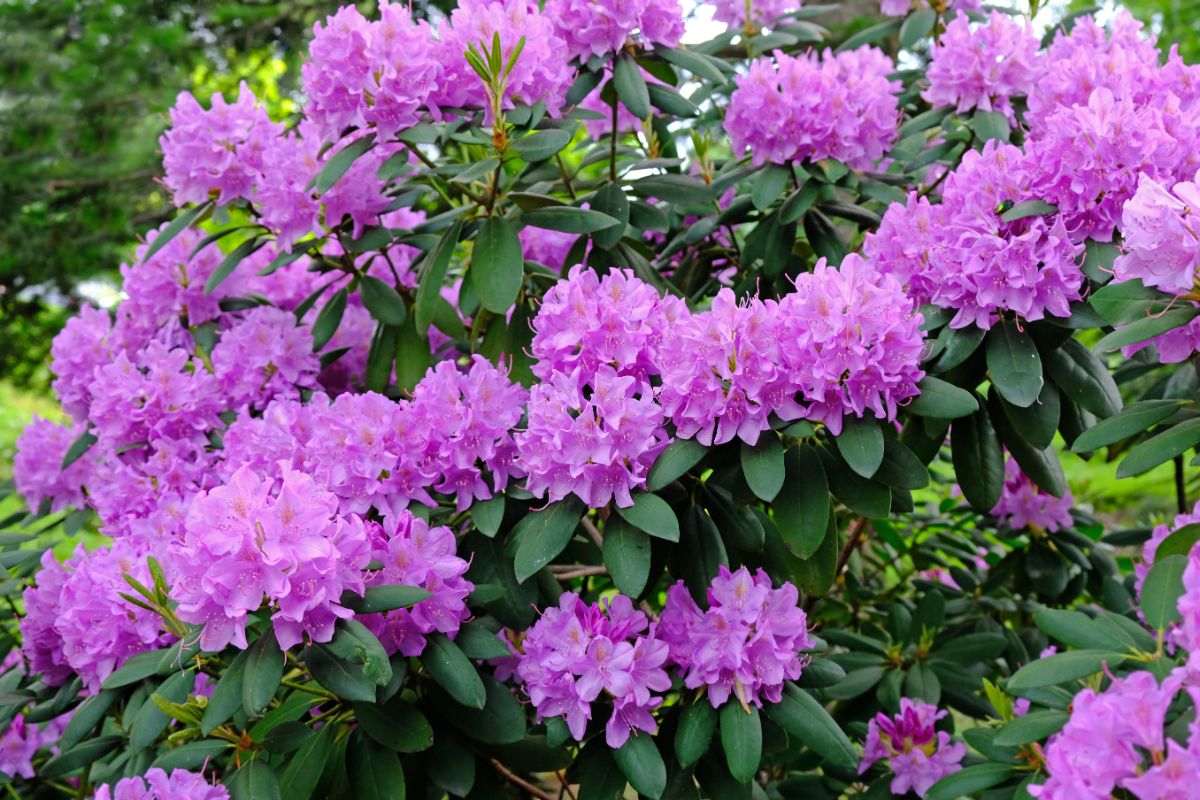
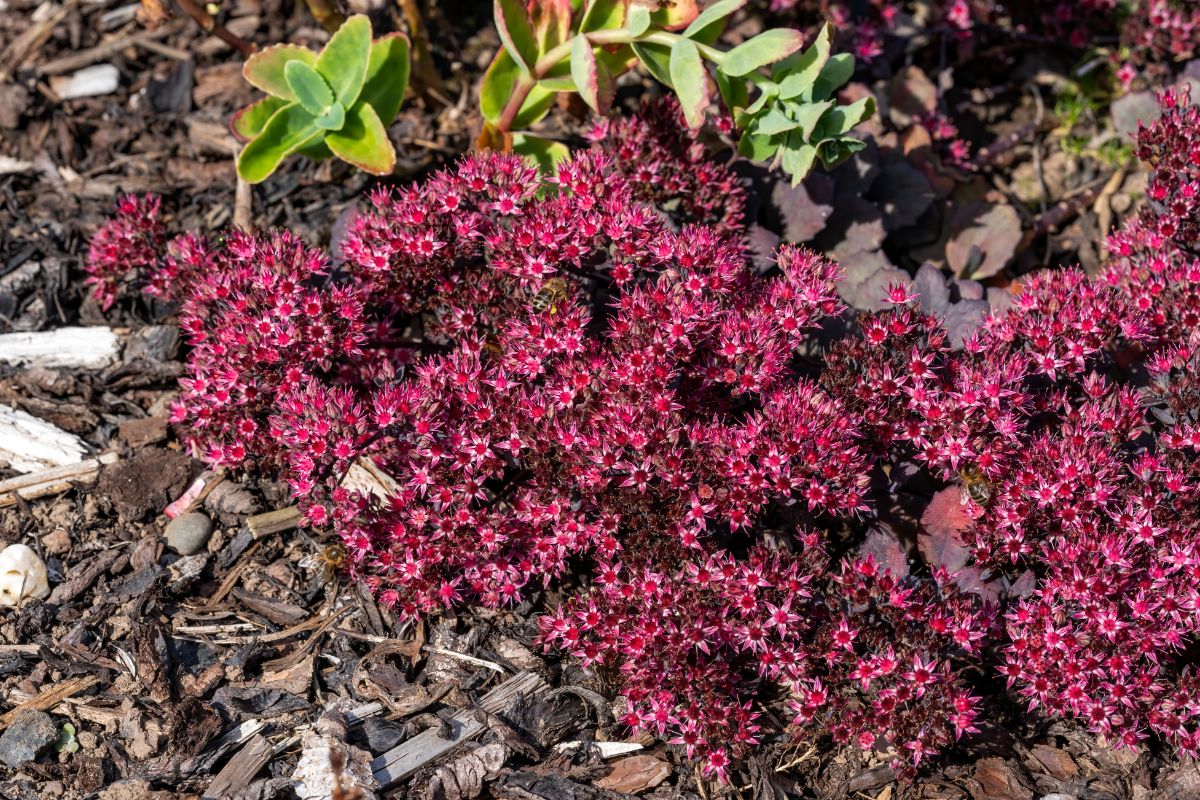
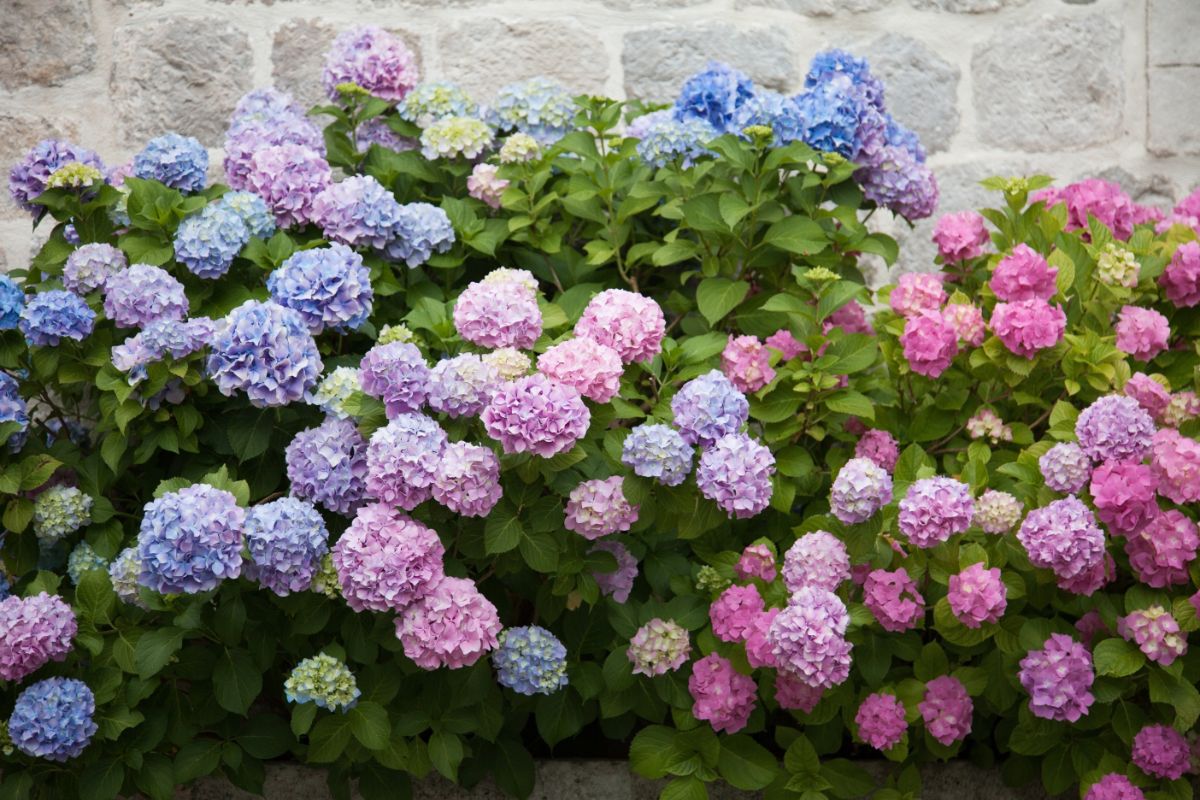
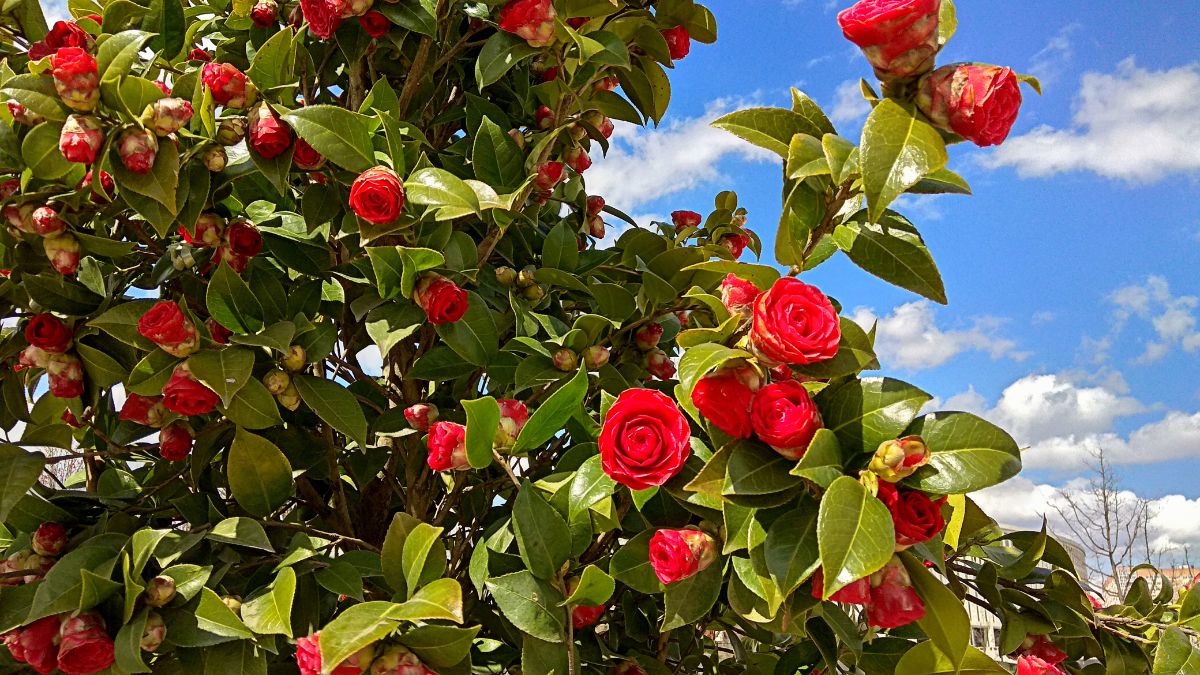
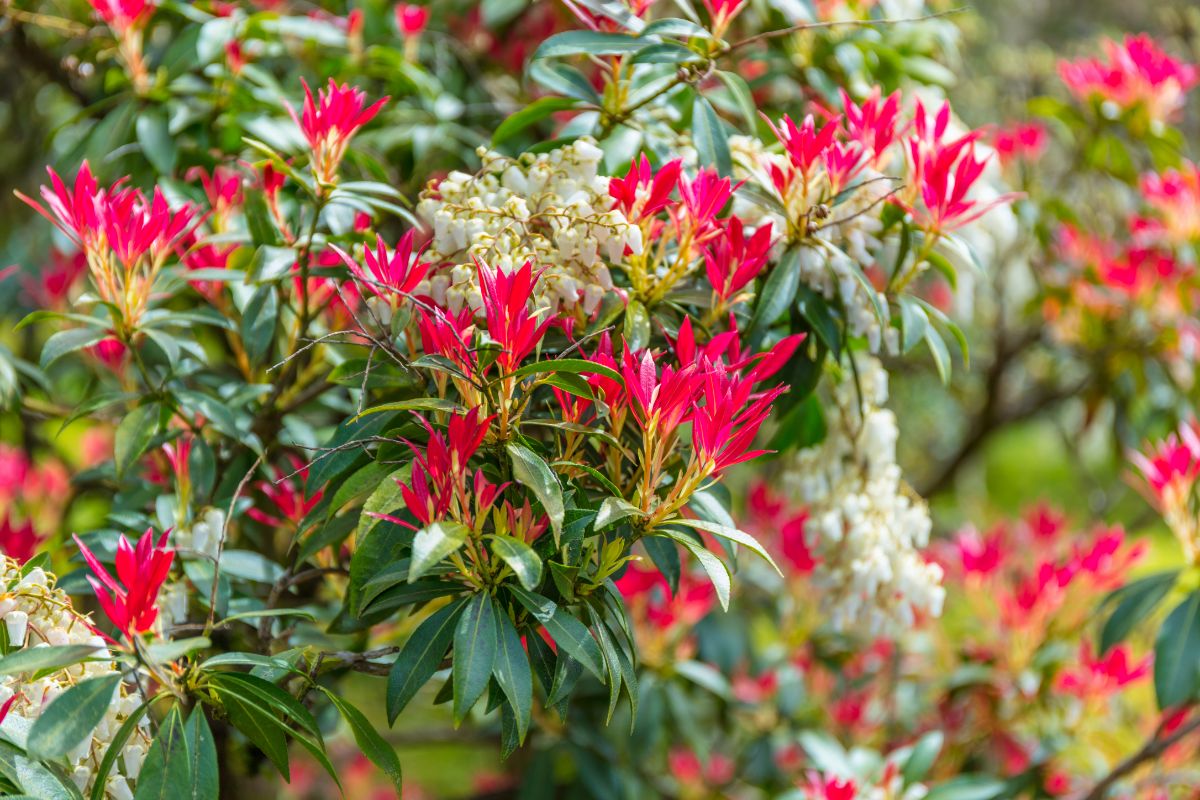
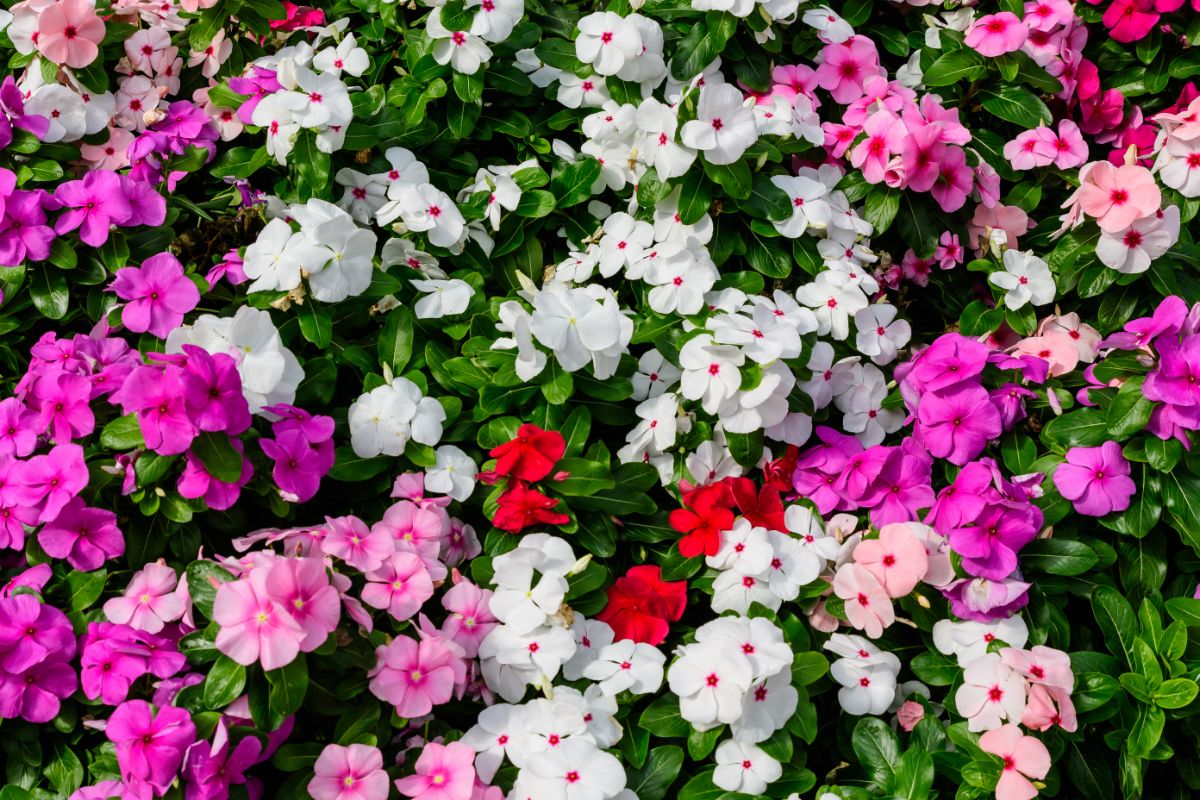
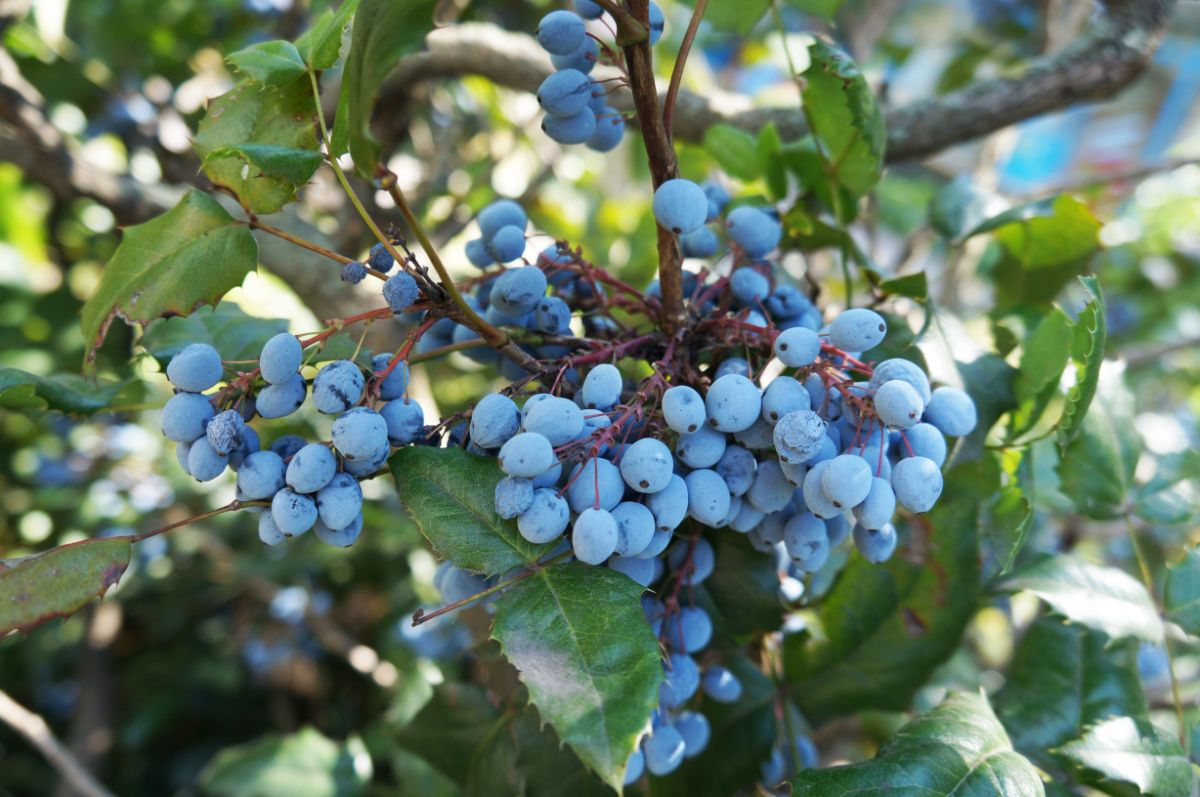
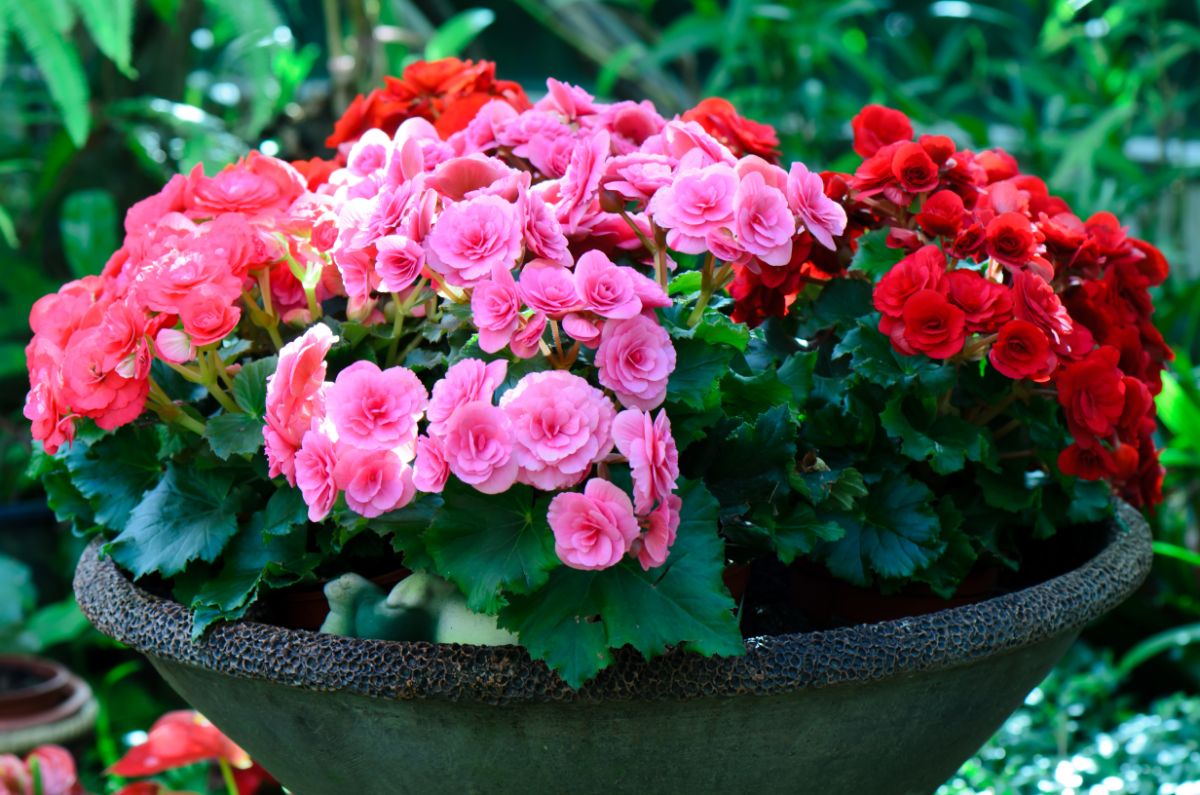
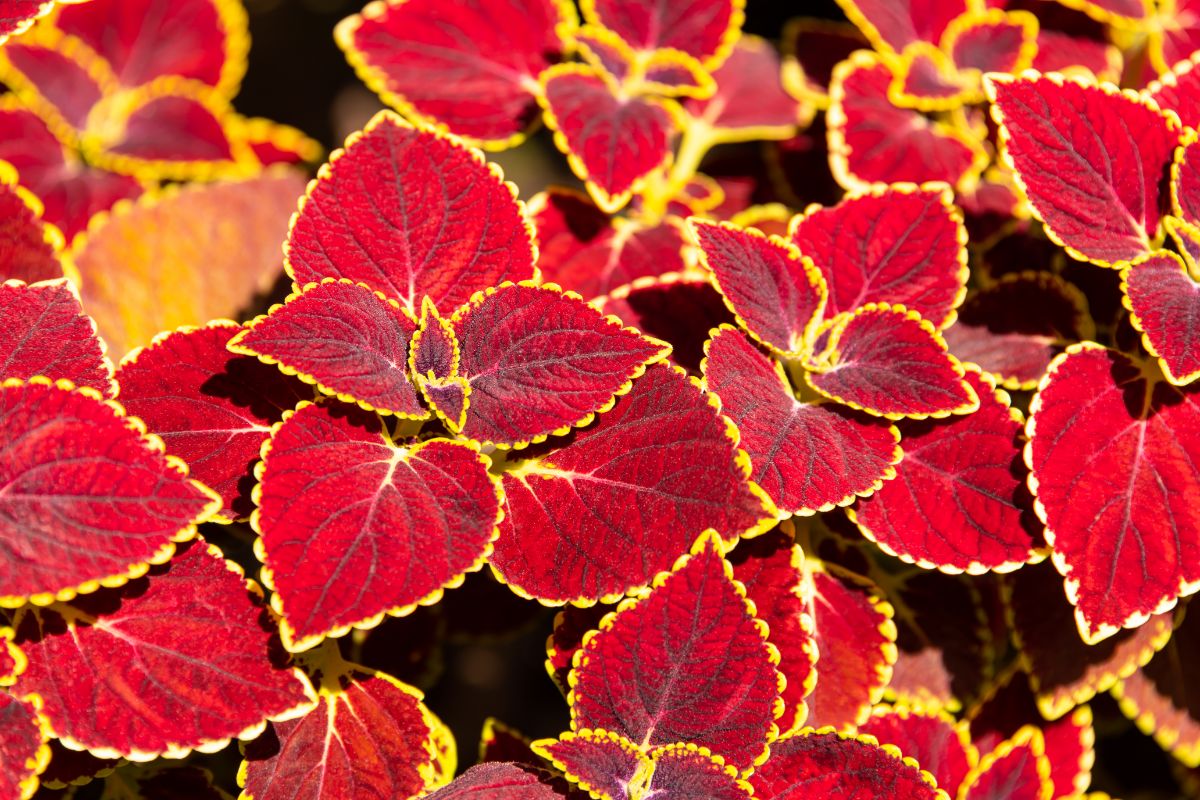
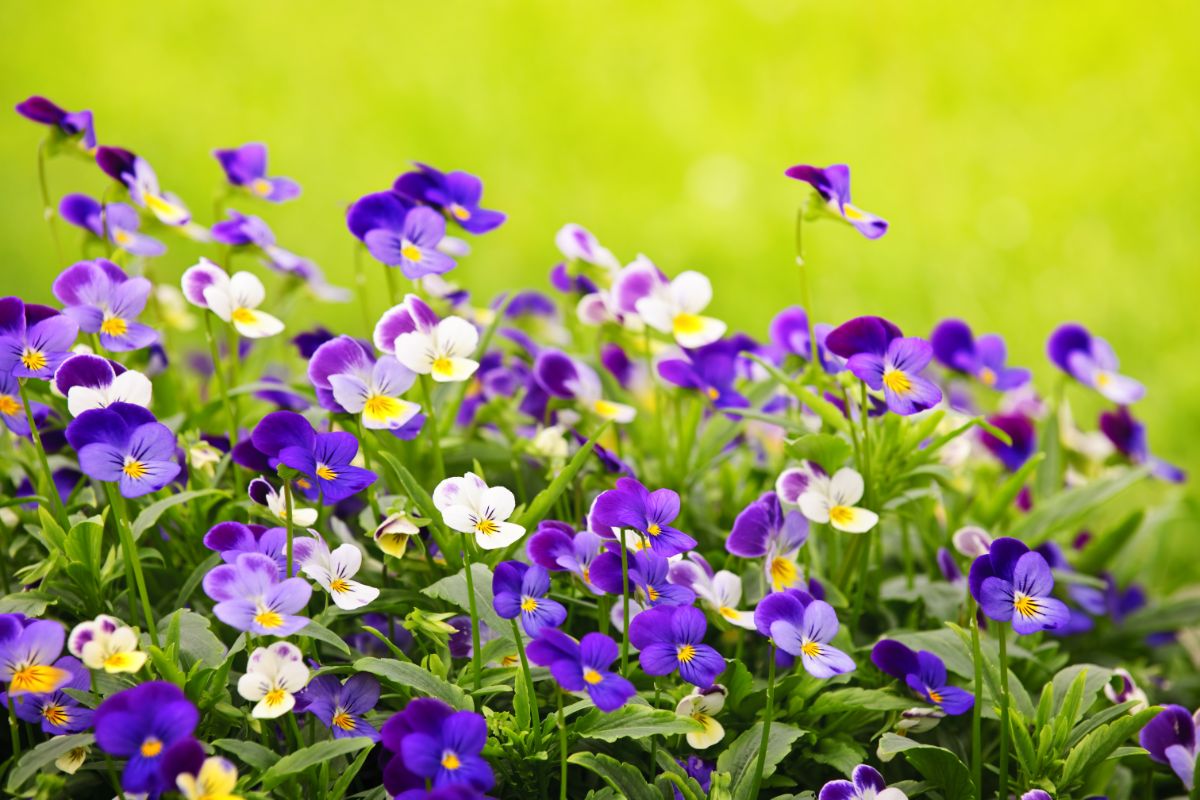
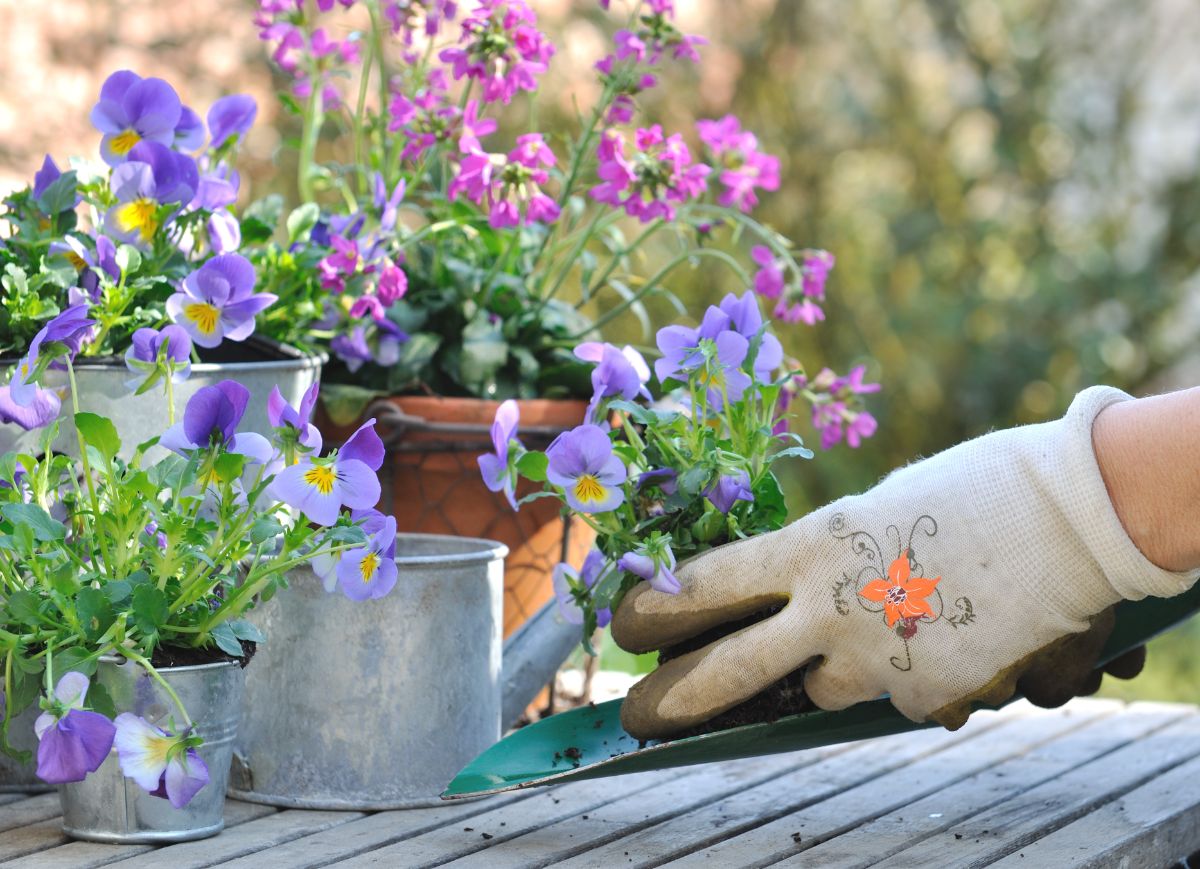
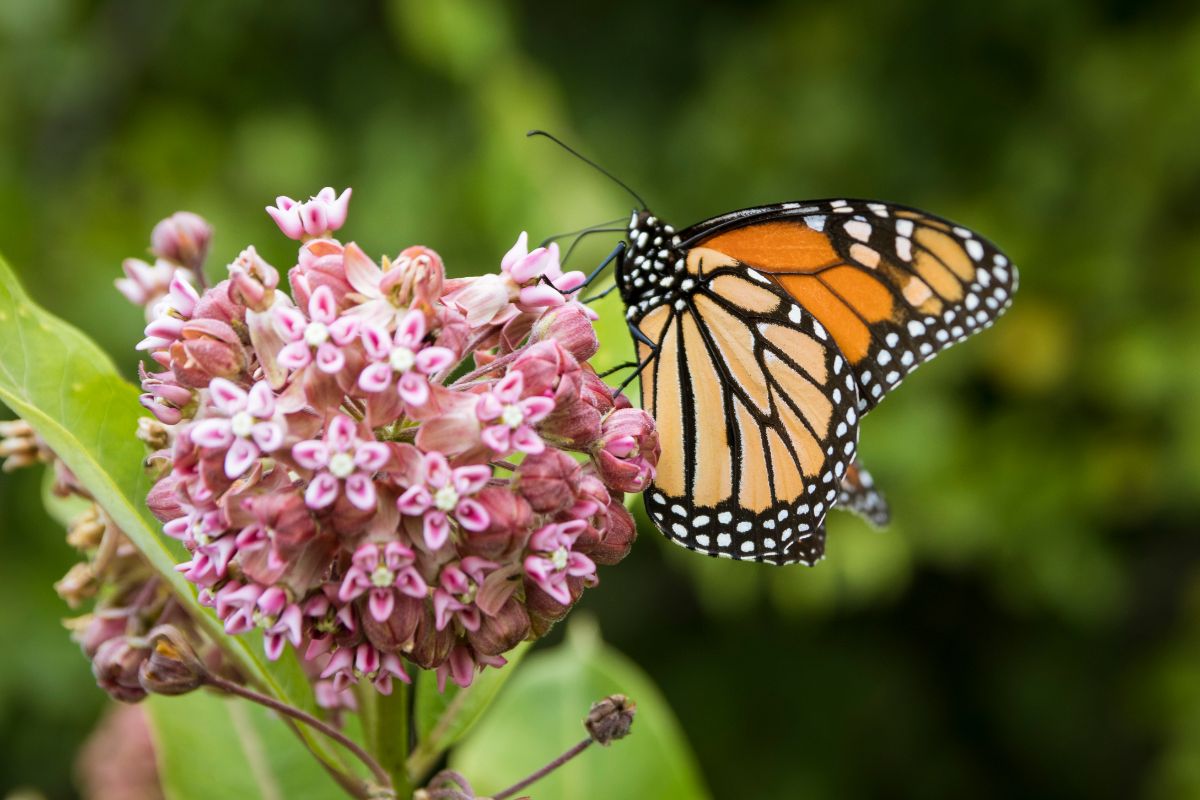
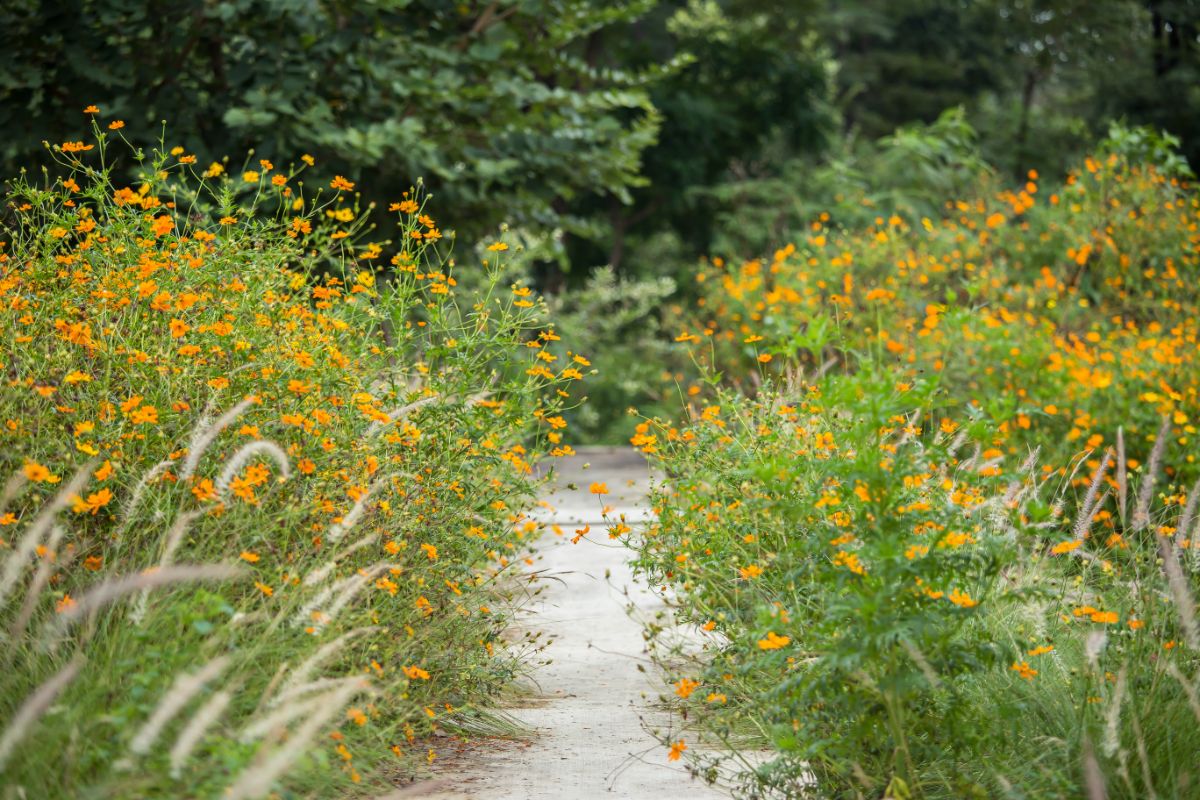




Frank Holzman
You can also plant flowers that provide benefits for the trees above. Larkspur and delphiniums discourage fruit tree insects as does mints, catnip, rosemary, artemisia, thyme, French marigolds, all umbellifers, There is more info in me blog; frankholzman.blogpsot.com